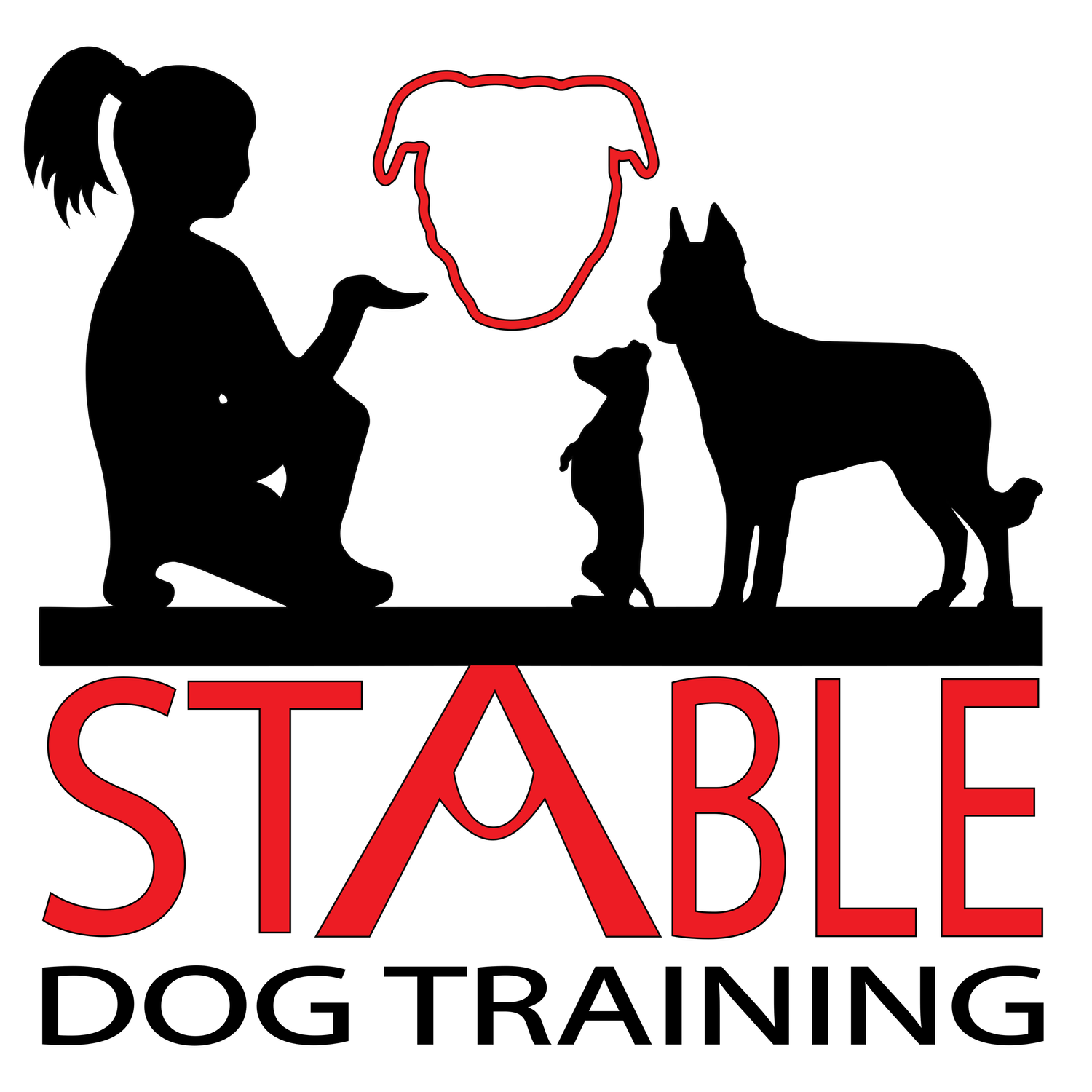The Role of Leash Pressure in Balanced Dog Training
Dog training has never been a one-size-fits-all endeavor. Each dog is unique, and so are their training needs. One technique that often sparks debate within the dog training community is the use of leash pressure. At its core, leash pressure is an essential communication tool that, when used correctly, can play a significant role in balanced dog training.
What is Leash Pressure?
Leash pressure involves applying slight tension on the leash to guide or correct a dog's behavior. It's not about force but rather about creating a gentle and clear line of communication between you and your dog. This technique can teach dogs boundaries and expectations, fostering mutual understanding and respect.
The Argument for Balance
Balanced dog training is a comprehensive approach that combines positive reinforcement with occasional aversive techniques. While positive reinforcement rewards desired behaviors, aversive techniques—which include leash pressure—help communicate boundaries and correct undesirable behaviors. The key here is balance. Neither extreme is effective on its own; a harmonious blend of both creates a well-rounded, respectful, and well-behaved dog.
Leash Pressure as Communication
Think of leash pressure as a language. Just as we use words to communicate with each other, leash pressure allows dogs to understand what we expect from them. A slight tug on the leash can signal a change in direction, a halt, or a gentle reminder to stay focused. Over time, dogs learn to respond to these subtle cues, making walks and other activities more enjoyable and cooperative.
Addressing Misconceptions
Critics of balanced training often argue that aversive techniques, including leash pressure, are harsh and cruel. However, when used appropriately, leash pressure is neither harsh nor harmful. It's about clarity and guidance, not punishment. Ethical balanced training focuses on timing, consistency, and understanding each dog's individual needs and thresholds. By addressing these concerns and educating pet owners on proper techniques, we can dispel myths and showcase the effectiveness and humanity of balanced training.
Conclusion
The goal of any training method should be to foster a healthy, communicative relationship between you and your dog. Balanced dog training, with its integration of positive reinforcement and thoughtfully applied aversive techniques like leash pressure, offers a path to achieving this. It's not about dominance but about mutual respect and understanding.
Incorporating leash pressure into your training regimen doesn't mean you're being harsh—you're simply adding another tool to your communication toolkit. Your dog will appreciate the clarity and guidance, and you'll enjoy a more harmonious relationship. Happy training!

